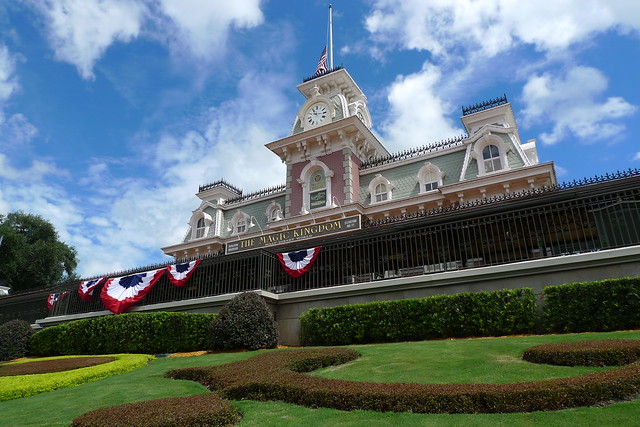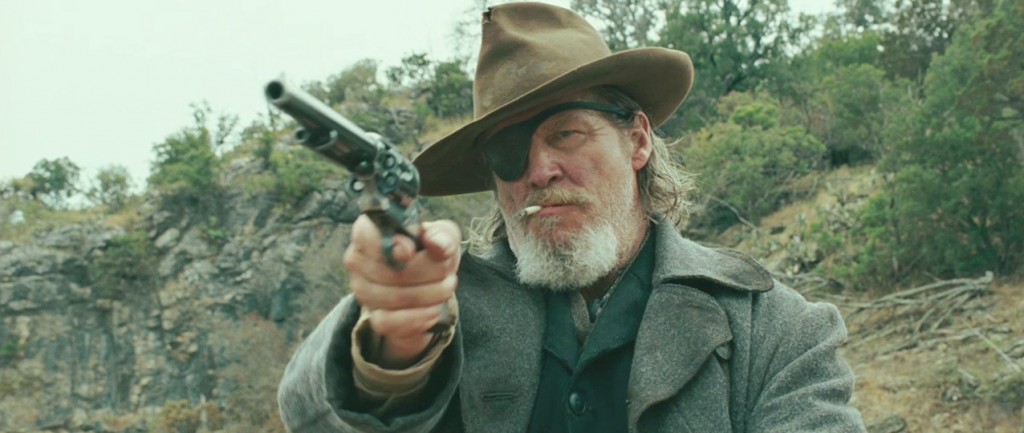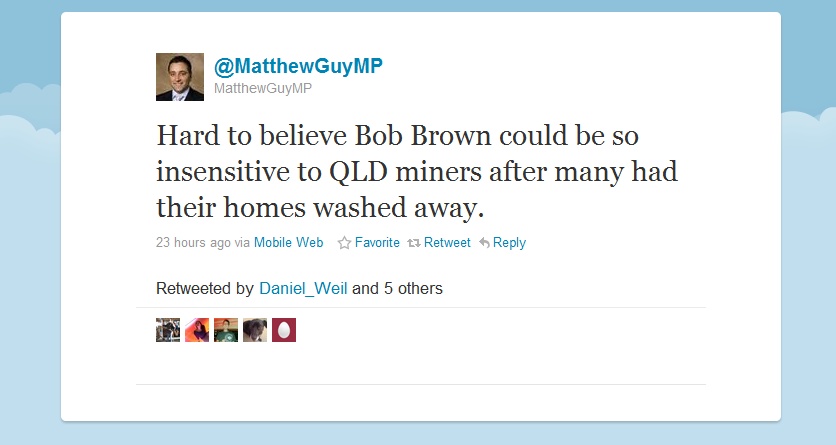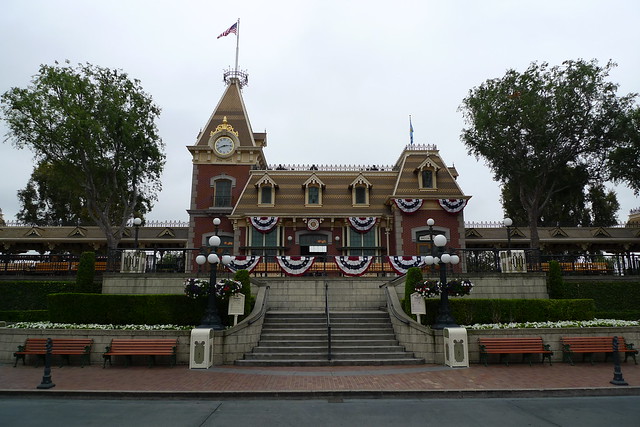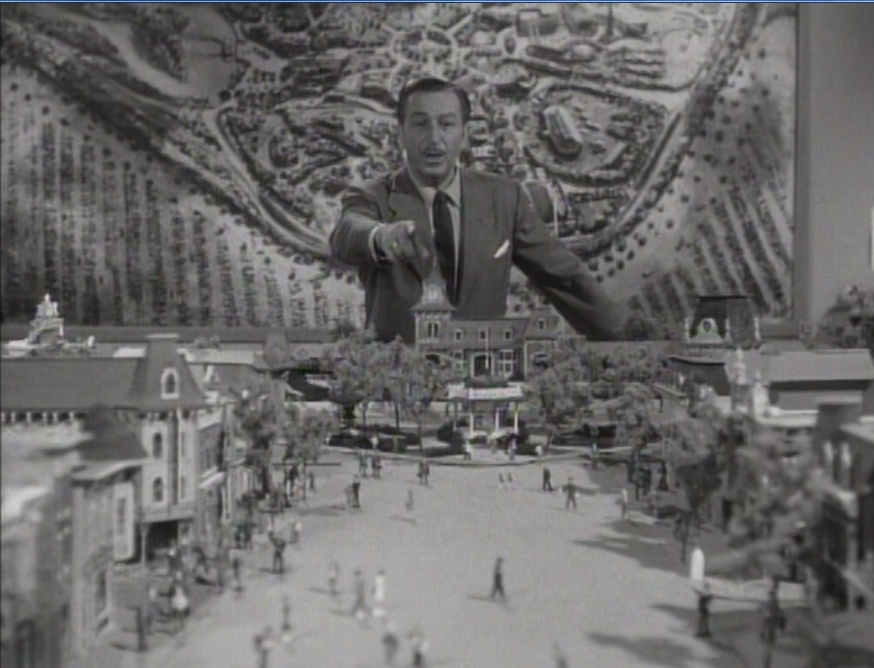
I wrote the other day about Courthouse Square, the ubiquitous town centre used in countless films and TV shows. For someone like me, interested in both films and cities, a place like this is fascinating as a built embodiment of the kind of community that films and television shows hold up as an ideal. In reality, most of us live in far more mundane suburban environments that suffer various shortcomings: they are too dispersed, with residential, retail, and employment activities frequently located far apart; they have too little public transport, making us too dependent on cars; they are short of true public space, substituting instead private spaces such as shopping malls; and so on. Yet in films and television shows places like Courthouse Square are held forth as an alluring image of the town that has a discernible centre, public space, civic facilities, and an old-fashioned charm. These sets are interesting to an urban planner such as myself because they represent the best efforts of highly experienced dream manufacturers to build the ideal community.
What’s even more interesting, though, is the example of Disneyland. Essentially, what we have here is a filmmaker, Walt Disney, who after World War II became increasingly disinterested in making films and turned instead to place making. He purchased land on the fringe of the city that epitomises the post-war urban fabric, built an environment strikingly similar to one of these movie towns, and then charged admission to it. The front section of Disneyland, and the one section that every visitor must pass through, is Main Street USA, a tangible realisation of the Hollywood movie town (my essay here gives extensive detail on the traits of the classic Hollywood town). Disney, renowned for his escapist film fantasies, was here selling people an escape to the fantasy of a pleasant, pedestrian-friendly urban environment with a civic square and public transport. In postwar L.A. this was a commodity in such short supply that Disney was able to turn around the fortunes of his struggling business driven almost solely by his Disneyland profits.
Continue reading →
